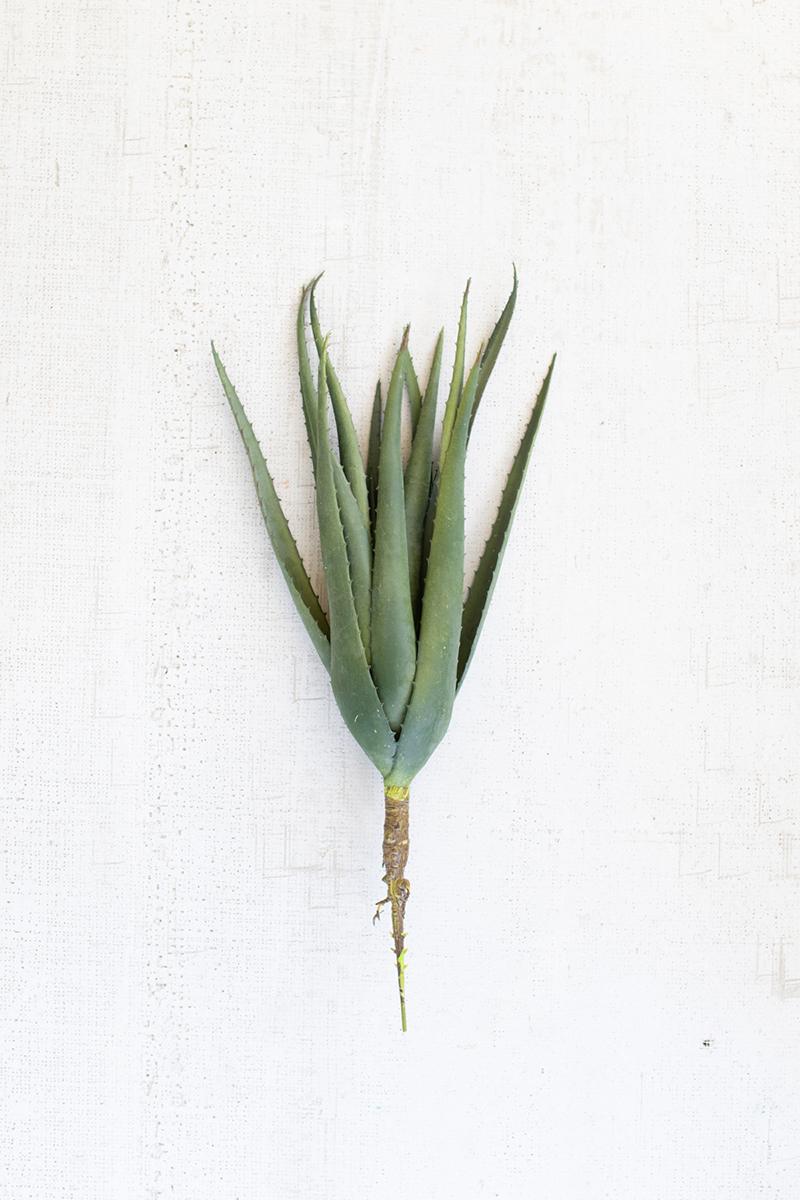
Simply remove leaf cuttings from the plant, then cut them down to 1.5 to 2 inches long. Another way to propagate aloe vera is to repot aloe vera cuttings. The pups will regrow roots and become new plants, provided you put them in a sunny area with succulent soil and wait a week before watering.Ĥ. Let the pups dry for two to three days before putting them in new pots with soil.įor this method, repotting aloe vera without roots is possible. If you have a large aloe plant and want to make it smaller, repot aloe pups.įind these small offshoots at the base of the container, preferably those over four inches tall, and slice them off with a knife. Similar to the previous method, do not bury the leaves when repotting aloe vera long stem.ģ. Use disinfected scissors to make a clean trim, and let the removed stem dry and form a callus before transferring it to a new container. Fill the pot with manure and bury the stem in it, but not before removing the bottom leaves first.Īlternatively, you may cut off the stem and replant it separately. To repot aloe vera that has developed a long stemįind a pot as deep as the stem is long. Usually, an irrigation rate of once every two weeks will do in spring and summer, while fall and winter will require watering every four weeks.Ģ. Let the top two inches of the soil dry before watering. Wait a week and let the plant adapt before resuming irrigation.

In any case, repot your aloe in spring or summer, unless the plant is highly sick and requires a new environment immediately. It’s been two to five years since the last container change.The aloe fails to grow or has root rot.Legginess or droopy leaves are cause for concern as well, particularly if you’ve ruled out all other factors like watering and sunlight.The crown or leaves are sick despite proper care.Plant roots are coming out of the drain holes or cracking the container.The potting mix is old, not well-drained, or nourishing enough.There are pups (small offshoots) on the aloe, and they are big enough to reach the container sides.The roots are forming circles at the bottom of the pot.You have a top heavy aloe plant that keeps falling.If you’re unsure whether it’s time to repot aloe, consider whether the following applies to your situation: Do not cover or submerge the leaves with soil-you don’t want water to get on them and lead to rust. There should be at least a three-quarter inch space between the houseplant mix and the pot rim, so water won’t flow out before it can sink in. Make a hole in the mix with your hand or trowel, then put the plant in it before backfilling the container. Run the pot under water to wash off any impurities, then fill the bottom third of your new container with the aloe vera potting mix.

Just as importantly, make sure you sanitize your pruner with rubbing alcohol between cuts and apply fungicide on the trimmed areas. Pluck off brown or yellow leaves while you’re at it. Remove dead, diseased leaves and root rot.īrush off old dirt on the aloe plant and trim away all sick or dead roots that look mushy and fragile.

Place the container on its side, and shake or squeeze it as necessary. The next day, gently loosen the soil with your trowel and lift the aloe vera from its position. If your plant has overwatering issues, skip this phase. Remove the overgrown aloe from its pot.Ī day before repotting, water the aloe to minimize transplant shock. Now that you know what soil and pots for aloe plants are best, pay attention to the steps below. Rubbing alcohol (70% or higher concentration).


 0 kommentar(er)
0 kommentar(er)
